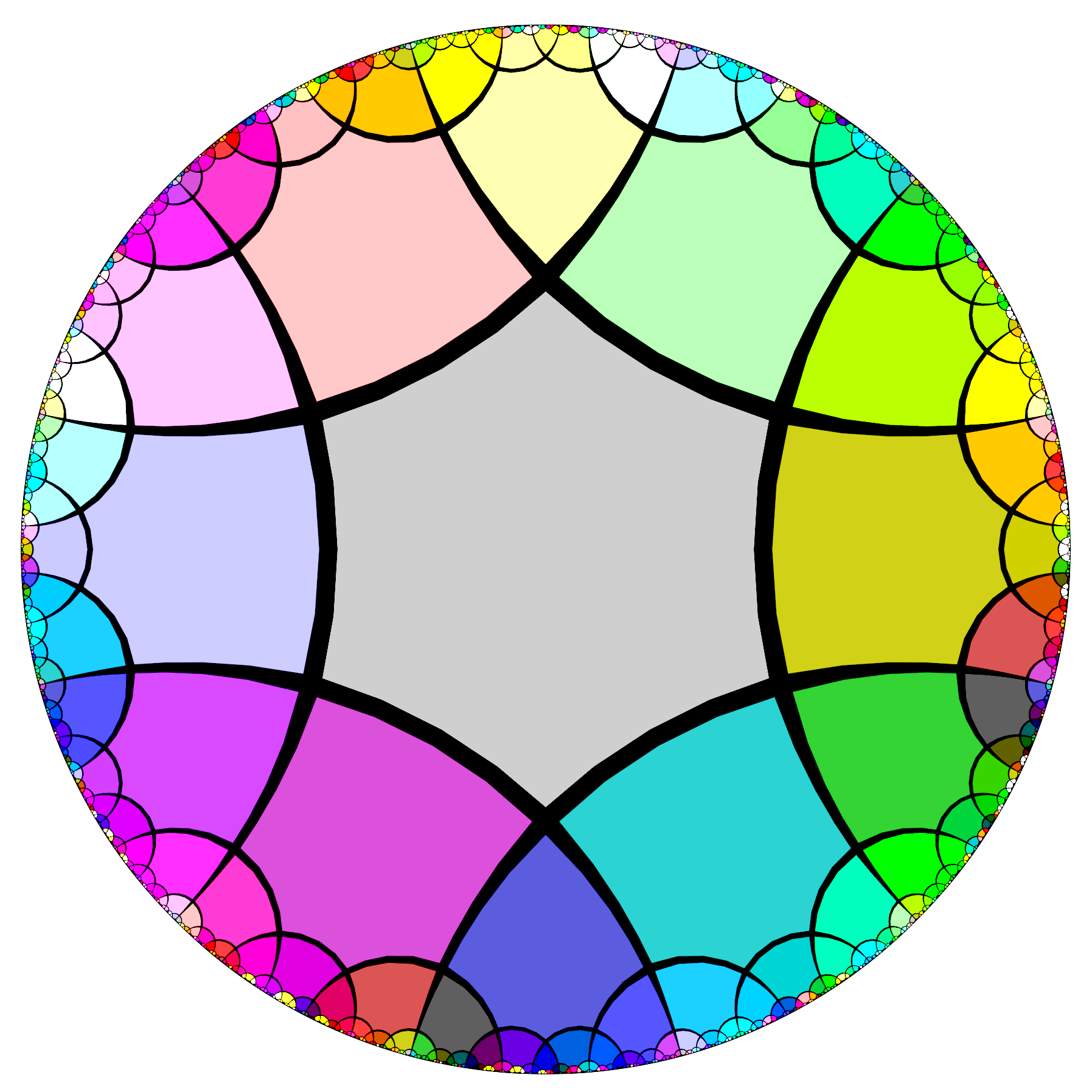Since 2017, I’m running a reading course on arithmetic geometry at the Institute for Research in Fundamental Sciences (IPM). The aim of this reading course, initially designed for graduate students, was to learn important topics -required for research- in arithmetic geometry, starting from basic algebraic number theory. Given the wide range of materials that one needs to know in this area, choosing what topics to read and in which order seemed to be a difficult task. Therefore, I decided to make a more concrete goal: learn, as much as possible, the proof of Fermat’s Last Theorem. This theorem with its epic history and whose proof was finally settled by the marvelous work of Andrew Wiles in 1994 (and built on 358 years of efforts by great minds in mathematics) occupies a special place in most number theorist’s hearts. Deep ideas and sophisticated techniques from algebraic geometry and number theory are employed in the proof and so, understanding it requires a good knowledge of these disciplines. Moving towards this goal, many subjects were and will be naturally covered and we will all enjoy this journey.
Over time, the scope of the course has expanded considerably. While we began by studying foundational texts on number theory, algebraic geometry, and Fermat’s Last Theorem, the course has evolved to incorporate more advanced and diverse topics. In addition to the original texts, we have explored areas such as modular forms (“A First Course in Modular Forms” by F. Diamond and J. Shurman), scheme theory (“Algebraic geometry I. Schemes” by U. Görtz, T. Wedhorn), group schemes (“Affine Group Schemes” by W. Waterhouse), the arithmetic theory of elliptic curves ( “The Arithmetic of Elliptic Curves” by J. Silverman) and Abelian varieties (“Abelian Varieties“, by B. Bhatt), deformations of Galois representations (notes by G. Böckle), condensed mathematics (notes by D. Clauen & P. Scholze), and other specialized topics.
The current term, however, marks a significant leap into the domain of Derived Algebraic Geometry, an advanced and cutting-edge area of mathematics. Derived algebraic geometry is a rapidly growing field with deep connections to various aspects of algebraic geometry and number theory.
The structure of this reading course is as follows: at the end of each class, we specify some parts of the reading material. During the coming week, we will read this part very carefully, write down any questions we have, come up with cool examples and ideas, solve exercises, etc. In the next class, someone (who has been chosen before) will overview this part. As the presenter goes on, we ask our questions and discuss this part. Please note that the presenter does not have any duty other than skimming over the material (without giving many details) and that everybody will participate in the discussions (if they wish to). It is therefore very important that participants prepare and read the material carefully if they really want to benefit from the class. However, everybody is welcome to attend the course, even if they just want to enjoy the scenery superficially.
Dynamic information about the class, especially the part that we have to read each week, is posted on the News page.
We are currently studying Derived Algebraic Geometry.
The reading course takes place Wednesdays at 10:30 (GMT+3:30), in lecture hall 2 at IPM and online (send me an email to receive the link for the online meeting).
The primary reference for this course is A. Khan’s lecture notes entitled “A Modern Introduction to Algebraic Stacks” Additionally, the following references may be consulted throughout the course:
- A Short Course on ∞-Categories (M. Groth)
- A Study in Derived Algebraic Geometry I, Correspondences and Duality (D. Gaitsgory, N. Rozenblyum)
- An Introduction To Derived (Algebraic) Geometry (J. Eugster, J. P. Pridham)
- Derived Algebraic Geometry (Ben-Zvi et al.)
- Derived Algebraic Geometry (J. Lurie)
- Elements of ∞-Category Theory (E. Riehl, D. Verity)
- From Homotopical Algebra to Homotopical Algebraic Geometry (B. Toën, G. Vezzosi)
- Higher Categories and Homotopical Algebra (D. Ch. Cisinski)
- Higher Topos Theory (J. Lurie)
- Homotopical Algebraic Geometry I; Topos Theory (B. Toën, G. Vezzosi)
- Notes on Derived Algebraic Geometry (C. Yaylali)
- Simplicial Presheaves and Derived Algebraic Geometry (B. Toën)
Please visit the What to Read page for a non-exhaustive bibliography of recommended readings in Arithmetic Algebraic Geometry.
Should you have any questions, don’t hesitate to contact me.

